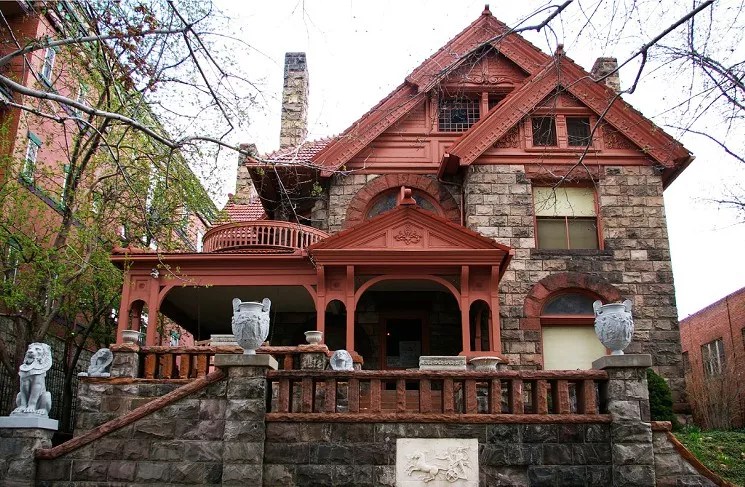
Historic Denver

Audio By Carbonatix
When renovations to the historic Molly Brown House are completed this spring, the building’s basement will open to the public for the first time since it became a museum.
The work, being done by Spectrum General Contractors, is part of a three-phase $1 million capital project that will allow the museum to continue to be a must-see Denver attraction.
The basement’s new education and interpretation space will have an interactive area where visitors and school groups can engage in educational programs. A new wheelchair-accessible lift will be installed in the southeast corner of the house and significantly expand access to the home’s first floor and basement, which also will include two new family restrooms and a reception area.
“You have to reinvest in buildings at least every generation,” says Annie Levinsky, executive director of Historic Denver Inc., which spent three years raising funds to complete the project.
Last summer, Spectrum completed the restoration of the iconic front porch. Other renovations include exterior masonry restoration and cleaning, window rehabilitation, the addition of storm windows, wood-floor restoration and restoration of the stained-glass windows.
The house at 1340 Pennsylvania Avenue was built in 1889 for Isaac and Mary Large, who made their fortune in silver mining. Well-known architect William Lang combined the classic Queen Anne style with Richardsonian Romanesque and refined neoclassical to create a unique home.
Shortly after the house was finished, the Larges lost their fortune in the silver crash and sold it in 1894 to James Joseph “J.J.” Brown, who transferred the title to his wife, Margaret, four years later.
Born to Irish immigrants in 1867 in Hannibal, Missouri, Margaret Tobin moved to Leadville in 1886, where she met and married Brown, a mining superintendent. After amassing a fortune through the discovery of gold at one of his mines in 1893, the couple moved to Denver.
A philanthropist and activist, Margaret Brown was best known for her social welfare work on behalf of women, children and workers. She also survived the sinking of the Titanic.
Margaret, who was immortalized as the “Unsinkable Molly Brown” on stage and screen, owned the house until her death in 1932, at the height of the Great Depression. It was sold and converted into a boardinghouse.
During the 1960s, Denver was losing many of its finest buildings to bulldozers that were making room for high-rise apartments as part of the city’s urban-renewal movement. Art Leisenring, the home’s owner at the time, and a group of other concerned residents formed Historic Denver Inc. to save the Molly Brown House from demolition and restore it to its original splendor.